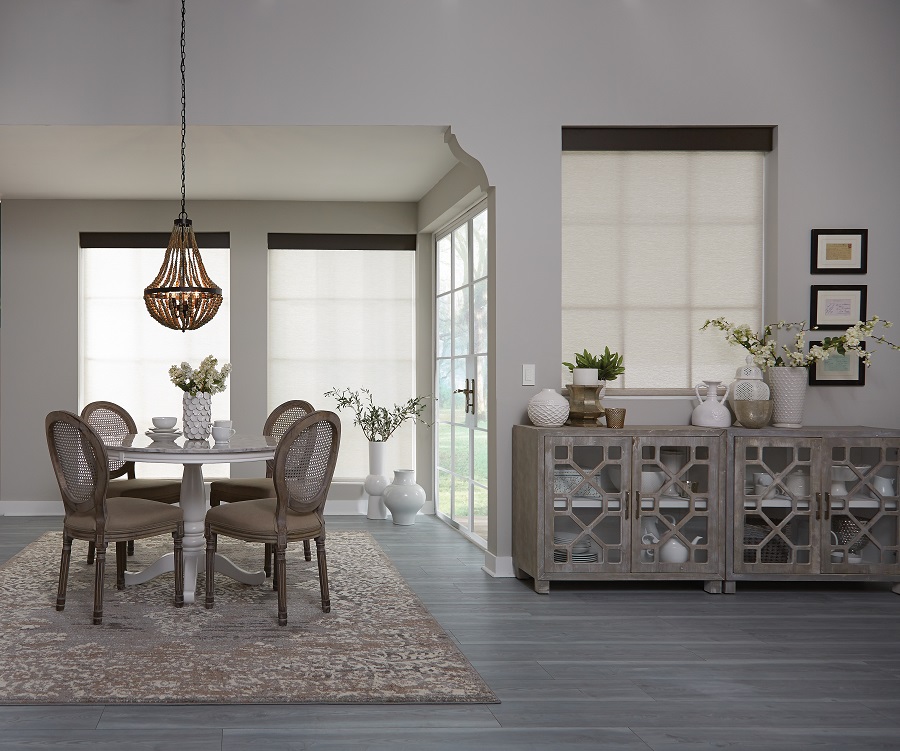The Homeowner’s Essential Guide to Low-Voltage Lighting
Learn what you’ll need for your installation and why you want this technology in your home

There are many smart home systems that require or can be improved with low-voltage wiring, but none will make more of an impact in your everyday life than lighting control. Lighting control adds tremendous benefits in terms of health, productivity and convenience, but your system won’t work properly – or perhaps at all – without the right low-voltage wiring.
If you’re a bit confused by what you just read, don’t panic. Our latest blog will show you everything you need to know about low-voltage lighting and why Forest Heights residents should join other Oregon homeowners in installing this technology.
SEE ALSO: 3 Benefits to Tunable Low Voltage Lighting
THE BASICS
At the most fundamental level, low-voltage smart lighting is a system of establishing unified control over all the light fixtures in your house. Once everything is in place, your family can set any light in your home to the exact color and brightness level, all using one system.
While you can install wireless smart lighting systems, the connections between devices aren’t as reliable, which can cause technical problems. We highly recommend you bring in someone to install a wired system. The integrator will need to run new cabling to link your fixtures together and connect them to your control switch. (This switch is usually located in a utility closet or other out-of-the-way spot.) Once the installation process is complete, however, you’ll have a robust, reliable system.
The reason we recommend hiring someone for a job like this is it’s complicated and potentially dangerous. Any time you’re dealing with live wiring in your home, it’s smarter and safer to leave the job in the hands of an experienced professional.
THE WONDERS OF LED
Now that we’ve covered the infrastructure of a low-voltage lighting system, let’s discuss the next most important component: your light bulbs. Different types of bulbs render significantly different types of light. We highly recommend you choose LEDs for your lighting control system. LEDs are considerably more efficient than incandescent bulbs and they are safer and use less energy than compact fluorescent bulbs.
But LEDs aren’t just useful for their efficiency gains. Installing LEDs in your low-voltage system lets you customize your lighting to a much finer degree. A new technology called warm-dimming bulbs lets you control the color temperature and intensity of a fixture separately. With this technology, you get many more lighting options. Soft, warm glows help you wake up gently in the early morning and unwind after a long day, while stronger, cooler tones give you a productivity boost.
INCORPORATE AUTOMATION AND LIGHTING SCENES
Lastly, low-voltage lighting systems are a natural fit with smart home technology. You can use your lighting and home control systems to create preprogrammed lighting scenes that suit your lifestyle. These scenes are very helpful for how they let you issue multiple system commands at once. A scene can be limited to your lighting system, or you can combine multiple systems for more convenience and control.
For example, you could create a scene that you use most days for dinner. It could dim your kitchen lights, lower your motorized shades, and fire up a calming playlist from a streaming music service. That can all happen with one command.
Are you ready to experience the benefits of low-voltage lighting for yourself? Call us at (503) 515-1192 or visit our contact page to get started. You can also leave a message in the chat box below.




